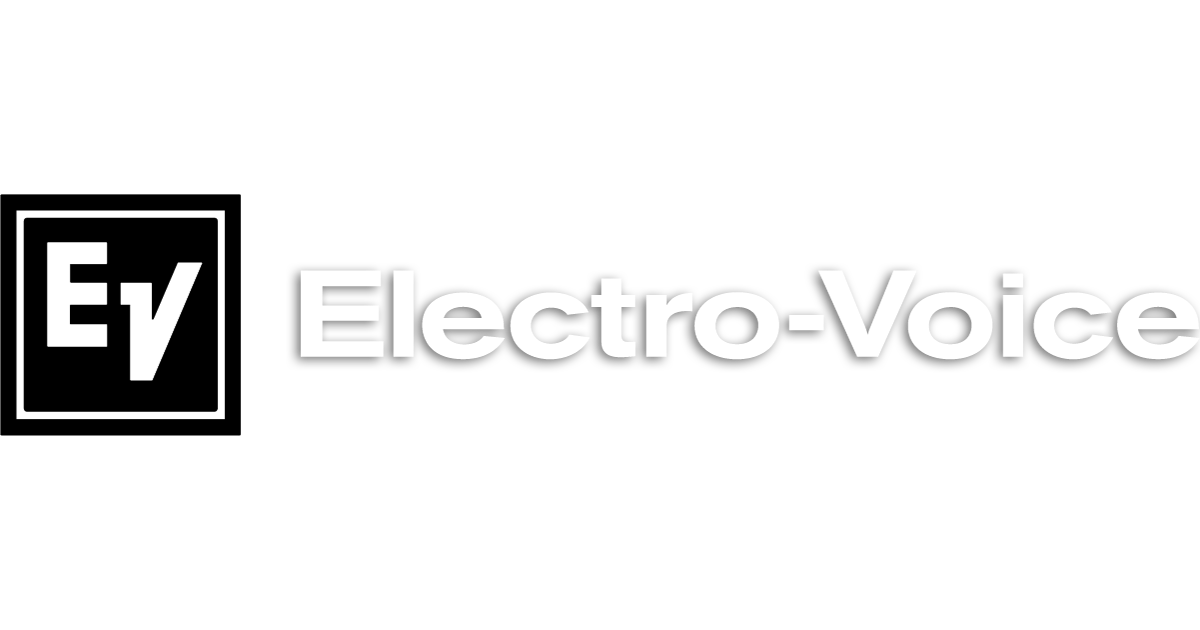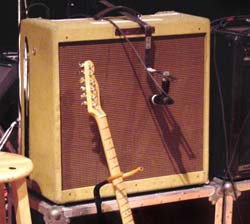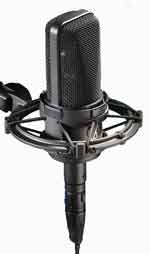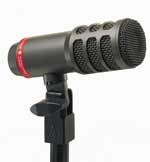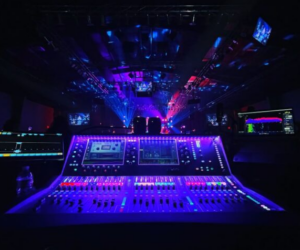Ever heard of the Zagat Restaurant Guide? The Zagats (whom I’ve met) are a husband and wife team who sift through hundreds (thousands?) of forms sent in by diners (folks who eat at restaurants).
The resulting ratings are democratic instead of “demo-critic” (critics are often tainted by too much booze or bad attitudes) or “demo-vicious” (bad hair day taken out on the poor restaurant owner).
I look at this overview as kind of a Zagat Microphone Guide. The instrument mic selections have been compiled based upon what I’ve seen used most commonly (and have used myself) over the past 30 years or so, to present.
You can plug in one of each of the following models and have virtually every situation covered. A game show variation is to pick ANY four mics and do a gig. Come on, use your imagination! Do the gig in your head. Yep, you can get through it and even get paid!
These are the workhorse mics that allow most of us to get what we need. Many can be used on every instrument. Don’t tell me you haven’t ever seen a (Sennheiser) 421 or an (Electro-Voice) RE20 in a piano. Certainly, preference might be an AKG C414 B/ULS, which is why it’s also on the list. Read and rate.
Zagat does not rate many of the chain restaurants, even though most people eat at them frequently. Therefore I’m not including the ubiquitous Shure SM57 on the list. To the point: every musician should own his or her own personal SM57. (As should every sound person.)
Guitarists, fit an SM57 in your guitar case, one that’s not been dropped or whacked by a drum stick. This often knocks the diaphragm out of the gap, in turn making your $3,000 collection of guitar, amp and F/X boxes sound like #$%#! At gigs, simply pull out your personal ‘57 and you’re good to go. Drummers: do the same with your snare, for the same reasons.
You’ll find that many of the instrument mics I’ve listed can be used in combinations to produce exciting results. For example, my colleague Cubby Colby likes a (beyerdynamic) M88 and a (Shure) Beta 52 in the kick. He then puts an SM57 on top of the snare drum and a condenser mic underneath. This produces a real snap to the snare strainer without having to EQ a bunch of harsh high end into the top mic.
But beware the phase demon. Because the “underneath” mic is facing in the opposite direction as the “top” mic, the phase (or do you say polarity?) may need to be flipped. This is brand dependent because the standard for mic polarity is about as standard as console output polarity. The standard is “no standard.” Use your ears that’s what you get paid for.
I’ve used a 421 and a (Crown) PZM in a smaller 20-inch kick to attain a punchy sound with a good beater click for ska music. Some engineers like a big diaphragm (AKG) 414 at the bass end of a piano and a small diaphragm (AKG) 451 at the top. This holds for acoustic guitar too.
When the going gets tough you can get away with many of these mics on vocals. I do a graduation ceremony using a hired voiceover talent, and nothing makes this guy happier than reading into an RE20.
Worst case scenario: Asian hip-hop festival. The rider asked for two turntables, a dual CD player and a headset mic. Five minutes before show time, the promoter says, “Oh by the way, we have 20 kids singing karaoke with the DJ. Did you bring any mics?” Mic “work trunk” to the rescue!
All of the mics I’ve listed are viable choices, but there’s a whole lot more out there. It’s up to you to look around, find what you like and can afford, evaluate, and then proceed to comfortably attain your desired results.
The following is intended to give you a good start down that path. Note that a couple/few of these models might be discontinued, but you can still get them for a good price at places like eBay.
Audio-Technica AT4033 CL
Description: Condenser with cardioid pattern intended for a wide range of applications. Operates on phantom power and comes with 10 dB pad and roll-off switches. Supplied with AT8449 shock mount, dust cover and protective case. Frequency response is 30 Hz to 20 kHz.
Gary Gand Take: The first large diaphragm studio condenser to go live (thank the Stones). Great overhead drum for harder edge attacks on cymbals. Also rocks on big guitar amps and brass if you have several in your drawer. Comes with sexy elastic shock mount that impresses clients.
Audio-Technica ATM25
Description: Dynamic with hypercardioid pattern intended for kick drum, tom-tom and other high-impact instruments. Supplied with integral stand clamp and protective storage pouch. Frequency response is 30 Hz to 15 kHz.
G.G. Take: Fantastic on toms. Gives a well-tuned drum with that “booowwww” sound we all want, with a good stick attack. Best used with a gate with variable decay time.
Neumann KM184
Description: Pressure gradient with cardioid pattern primarily for subtle acoustical instruments. Available in either matte black or nickel finish, supplied in folding box with windshield and two stand mounts that connect to the mix body or XLR connector. Frequency response is 20 Hz to 20 kHz.
G.G. Take: Mandolin virtuoso David Grissman turned me onto these for live use. Great for “moist” sound on small bluegrass stringed instruments like mandolin, fiddle, banjo, dobro, and parlor style guitars. Buy the matched stereo pair in the cool mahogany “rat coffin.”
Audix D4
Description: Dynamic type with hypercardioid pattern, intended for applications such as drums and other percussion as well as wind instruments. Noted for its tight pattern and rejection characteristics. Supplied with MC2 mic clamp and zippered carrying pouch. Frequency response is 40 Hz to 18 kHz.
G.G. Take: This is the mic to use for accurate bass sounds kick drum, timpani, and sax when you want realism. The small size makes you think its for higher pitches, but no. I put this one on a kick drum when I want the actual sound of the drum itself. No coloration (which is sometimes good).

